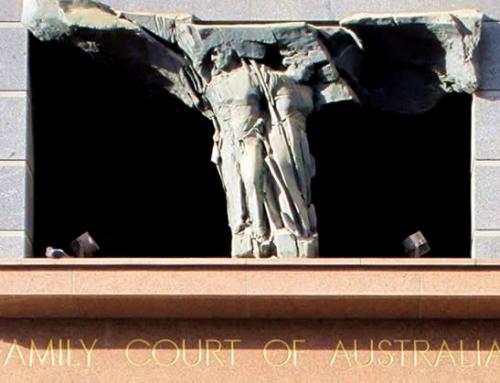The distribution of assets in Family Law Property Settlement proceedings
There is no presumption in the Family Law Act that joint assets must be divided equally between separated parties to a marriage or defacto relationship. Every separating couple has their own unique circumstances and any final division of assets determined by the Family Court will be a unique determination on the facts of the matter. A Judge of the Federal Circuit and Family Court of Australia has broad powers to make Orders for a just and equitable division of assets.
The Court will generally follow a 4-step process:
Step one: Determining the asset pool
This requires creating a balance sheet of all the property owned by each of the parties. Many clients get caught up with a percentage division of assets and forget that it is most important to first work out what is available to divide!
All assets and liabilities will be included on the balance sheet irrespective of ownership or how they were acquired. Adjustments can later be made or specific items quarantined from the pool, if necessary. The value of the asset or liability will be taken as at the date of negotiations or trial and if parties cannot agree on the value of a certain asset, then a qualified expert may be engaged to provide a valuation report.
Step two: Assessment of contributions
The Court will then look at the contributions of each of the parties. These can fall into two categories – financial and non-financial contributions.
The financial contributions will be assessed at multiple points in time, but most notably your initial contributions, your contributions throughout the relationship and your contributions following separation. Non-financial contributions and what is referred to as ‘homemaker contributions’ are also considered and given equal weight to financial contributions. Homemaker contributions are considered where one party may have made fewer financial contributions due to working within the home and caring for children.
Step three: Future needs
The Court then takes into account each of the parties’ future needs. This is a crystal ball gazing exercise in some respects, that takes into account a number of factors including earning capacity, caring responsibilities for children, health, age and future living costs moving forward. The Court may allocate either party a larger portion of the property pool if they have a greater need for it in the future.
Step four: Justice and equity
At the end of the process, the Court must look at the matter holistically and ensure that the overall division of assets is just and equitable.
Most importantly when it comes to family law property settlements is to get in early and start these discussions with your ex sooner rather than later. The experienced team here at Tiyce & Lawyers are here to help with these negotiations. Often, we find that it is much more stressful for clients to attempt to navigate these discussions with their ex themselves.
If you have recently separated and need assistance with a property settlement – call us today.
Tiyce & Lawyers – we are here when you need us.






